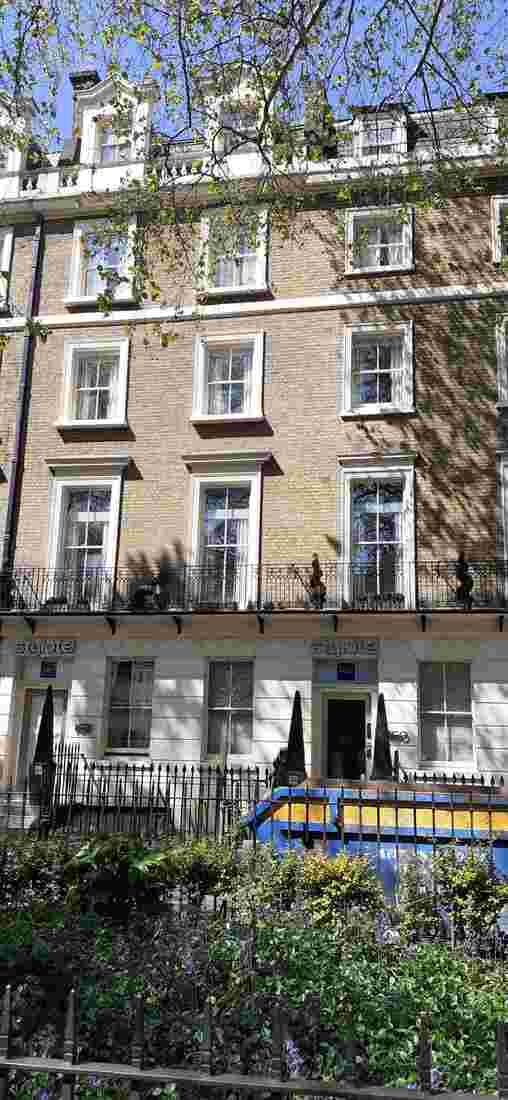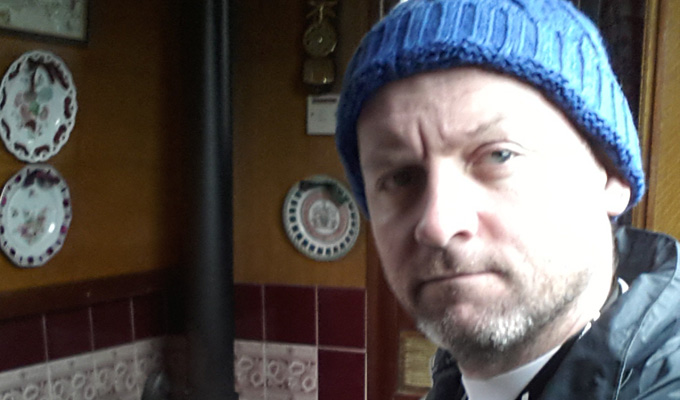|
Nominated BEST TRUE-CRIME PODCAST at British Podcast Awards 2018, The Telegraph's Top Five True-Crime Podcasts, The Guardian's Podcast of the Week, Podcast Magazine's Hot 50 and iTunes Top 25. Subscribe via iTunes, Spotify, Acast, Stitcher and all podcast platforms.
EPISODE NINETY-ONE:
Today’s episode isn’t about the victim, it’s about her murderer. His identity isn’t a mystery; we know his name, his age and (based on witness descriptions) he would later become known as ‘the sad faced killer’; we know what he did, when he did it and where, but the one detail we can’t explain is why?
THE LOCATION
As many photos of the case are copyright protected by greedy news organisations, to view them, take a peek at my entirely legal social media accounts - Facebook, Twitter or Instagram.
The location of the Sura Hotel at 162 Sussex Gardens is where the yellow triangle is. To use the map, click it. If you want to see the other murder maps, such as Soho, King's Cross, Paddington or the John George Haigh or Reg Christie locations, you access them by clicking here.
I've also posted some photos to aid your "enjoyment" of the episode. These photos were taken by myself (copyright Murder Mile) or granted under Government License 3.0, where applicable.
0 Comments
Your comment will be posted after it is approved.
Leave a Reply. |
AuthorMichael J Buchanan-Dunne is a crime writer, podcaster of Murder Mile UK True Crime and creator of true-crime TV series. Archives
July 2024
Subscribe to the Murder Mile true-crime podcast
Categories
All
Note: This blog contains only licence-free images or photos shot by myself in compliance with UK & EU copyright laws. If any image breaches these laws, blame Google Images.
|




